Battle Belts vs. Duty Belts: Explaining the Key Differences
Choosing between a battle belt vs duty belt depends on your mission. Battle belts are designed for agility. They are modular, lightweight, and ideal for tactical environments where speed and mobility matter. Duty belts, on the other hand, are the standard for law enforcement, built to support heavy gear across long patrol shifts.
In this guide, we compare these two belt systems head-to-head. You'll learn about their intended uses, loadout strategies, comfort, and how each one supports different operational roles, so you can pick the right setup for your needs.
What Is a Battle Belt?
Wondering what a battle belt is and why so many tactical professionals rely on them? A battle belt is a modular waist rig worn over your clothing or an inner belt. It's designed to give you quick, intuitive access to critical gear like a holster, spare magazines, or a tourniquet, without needing a full plate carrier.
The best battle belts use a two-piece system: a low-profile inner belt for stability and a MOLLE-compatible outer belt for customizable attachments. Lightweight and fast to don or doff, they’re ideal for field training, range work, and home defense scenarios where mobility matters.
Learn more about how to wear and set up a battle belt in this guide.
What Is a Duty Belt?
A duty belt is a reinforced waist-mounted belt system worn by police officers, security personnel, and corrections professionals. It’s designed to support a full range of essential tools: firearms, radios, handcuffs, batons, flashlights, and medical pouches, all while keeping your hands free and gear within quick reach.
The best duty belts are made from durable materials like ballistic nylon or full-grain leather, engineered to carry up to 30 lbs of equipment without sagging or shifting. Unlike battle belts, which prioritize modularity and mobility, duty belts are part of the everyday uniform and emphasize structure, security, and consistent access in high-stakes situations.
Whether you're walking a patrol beat or managing public safety at large events, a duty belt is designed to perform under pressure.
Defining the Key Differences Between Duty and Battle Belts
Choosing between a duty belt or battle belt starts with understanding your operational environment. A duty belt is typically seen on law enforcement professionals who carry a full-duty load every day and includes firearms, radios, handcuffs, and more, often for hours at a time. Its primary goal is secure, repeatable access to gear while maintaining a professional uniform appearance.
A battle belt, by contrast, is made for flexibility and fast-paced scenarios. It’s modular, low-profile, and optimized for movement-heavy environments like training ranges or tactical operations. It’s about speed, not sustained wear.
The better you understand your mission, the easier it is to choose the right belt to support it.
The Intended Uses for Battle Belts & Duty Belts Are Very Different
A police duty belt is a foundational part of the law enforcement uniform. It’s engineered to carry a wide range of essential gear like a sidearm, radio, baton, handcuffs, flashlight, and medical supplies, all within immediate reach. A fully equipped law enforcement duty belt can weigh between 20 to 30 lbs, which is why many officers add suspenders or load-bearing vests for better comfort and support.
In contrast, battle belts are designed for mission flexibility and quick action. They’re a go-to choice for military professionals, prepared civilians, and range-goers who want a minimal but capable rig. Knowing what to put on a battle belt—typically a pistol, 2–3 mags, a tourniquet, and an IFAK—helps maintain mobility while still keeping lifesaving tools close at hand.
Learn how professional operators structure their kits in our article on What Body Armor Does the Military Use.
Construction and Design Differences
Duty belts are built from stiff, durable materials like leather or high-denier ballistic nylon to support heavy gear without sagging. Most include fixed loops and sewn-on pouches and are anchored by an inner belt and keepers for added stability. Depending on loadout, how much a duty belt weighs can range from 18 to 30 lbs, sometimes more with added accessories or body-worn cameras.
How do battle belts work differently? They typically feature a two-piece setup: a slim inner belt worn through your pants, paired with a MOLLE-compatible outer belt that attaches over top. This modular outer layer allows for fully customizable pouch placement, often secured with Velcro and quick-release buckles for fast donning and doffing. Some users prefer one-piece or hybrid models for simplicity, but the two-piece design offers maximum versatility.
Comfort and Wearability Considerations
Understanding how to set up a duty belt can make the difference between lasting comfort and long-term strain. A two-part system, anchored by an inner belt and stabilized with keepers, prevents unwanted movement during foot pursuits, vehicle exits, or physical confrontations. Many officers add padded suspenders or lumbar supports to redistribute the 20–30 lb load, minimizing hip and lower back fatigue across extended shifts.
Wondering how a battle belt should fit? It should sit low and snug on your hips, with the padding evenly distributed to prevent pressure points. The belt shouldn’t rotate or bounce when you move. Load-bearing tools like a holster, mag pouches, and a tourniquet (TQ) should be placed between the 2–10 o'clock zones for fast, snag-free access under stress.
Load-Carrying Capacity in Duty Belts Vs. Battle Belts
A properly configured duty belt setup can carry a full-duty load: sidearm, spare magazines, flashlight, baton, handcuffs, radio, and medical pouches. Weights often exceed 20 lbs, which is why many professionals use stiffeners or integrate the belt with a load-bearing vest to prevent fatigue. Knowing how to set up a duty belt with smart weight distribution, keeping heavier tools toward the center and balancing left to right, is key for both comfort and quick access.
When it comes to how to set up a battle belt, less is more. These belts are meant to stay under 8 lbs and should carry only the mission-critical essentials: a pistol, a few mags, a tourniquet, and an IFAK. Anything extra belongs on a plate carrier, chest rig, or rucksack. Overloading a battle belt can cause shifting during movement and reduce response efficiency in high-tempo situations.
Is a Battle Belt or Duty Belt Right for You?
The choice between a duty belt vs battle belt depends on your daily environment and gear demands. For law enforcement officers or security personnel carrying a full loadout on long shifts, a duty belt provides structure, durability, and professional consistency. It’s made to handle 20+ lbs of gear with all-day support.
If you’re running drills, training at the range, or preparing for home defense, a battle belt may be the better option. It’s faster to don, built for agility, and keeps your essentials tight to the hips without weighing you down.
Your body type, mission length, and movement requirements all factor into your decision. Need a torso platform too? Check out our guide to Chest Rig vs. Battle Belt for more loadout strategy.
Wrap-Up
No matter which setup you choose, duty belt or battle belt, both systems work best when paired with protective gear that matches your mission. At Premier Body Armor, we specialize in ballistic protection for law enforcement, armed professionals, and civilian defenders.
From discreet armor inserts to full plate carriers, our gear is engineered for real-world use: lightweight, reliable, and field-tested.
Explore our best-selling armor solutions and gear up with confidence at Premier Body Armor.

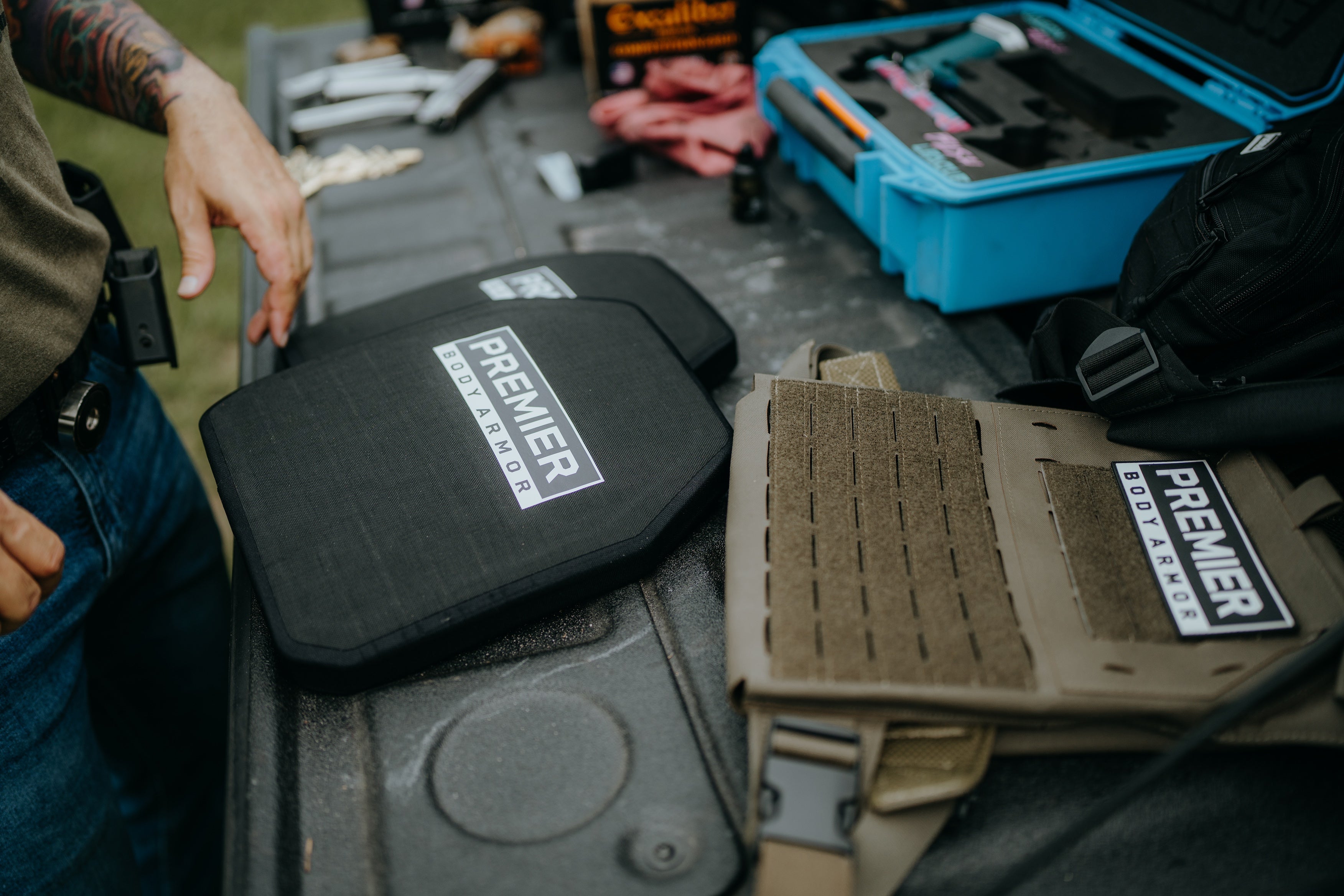
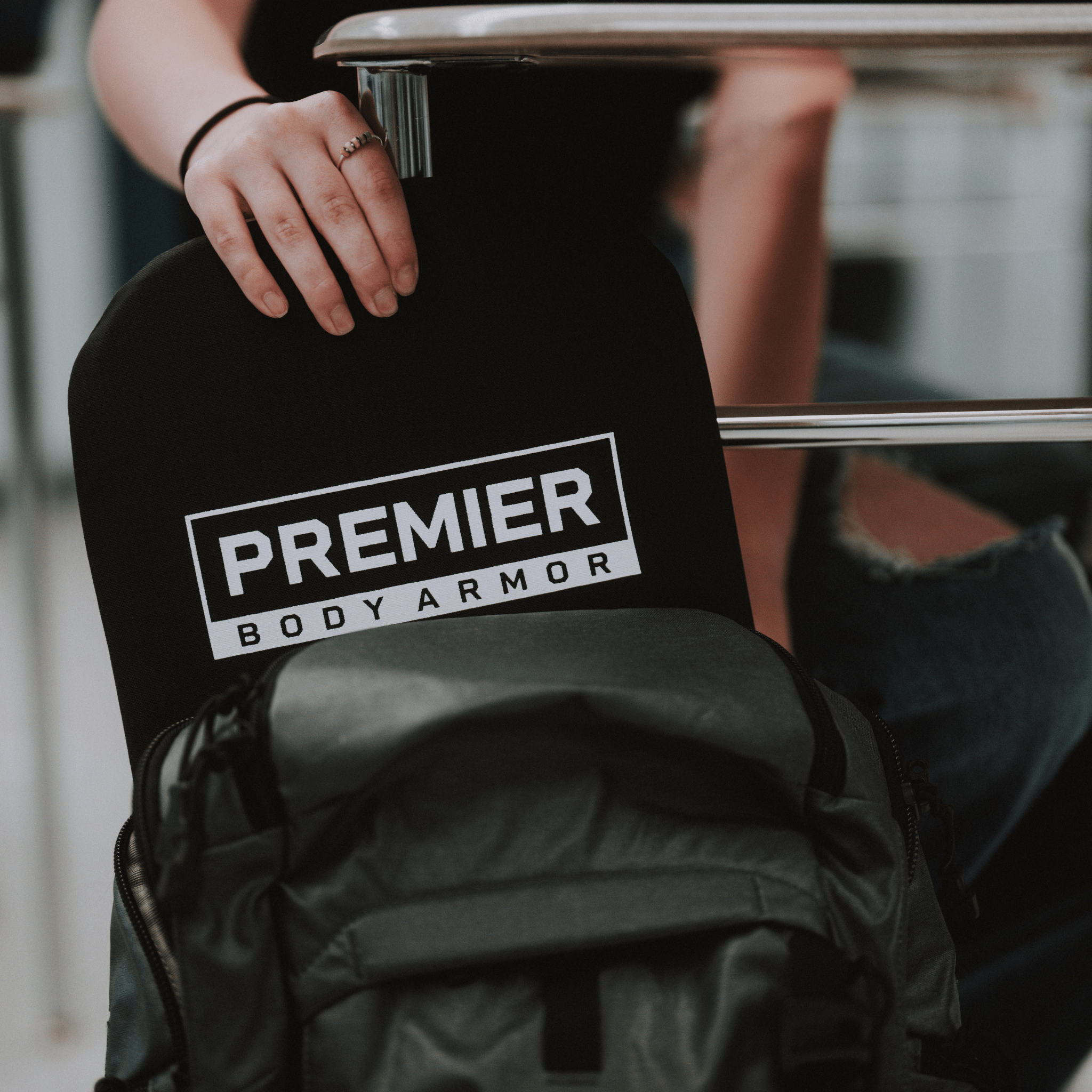
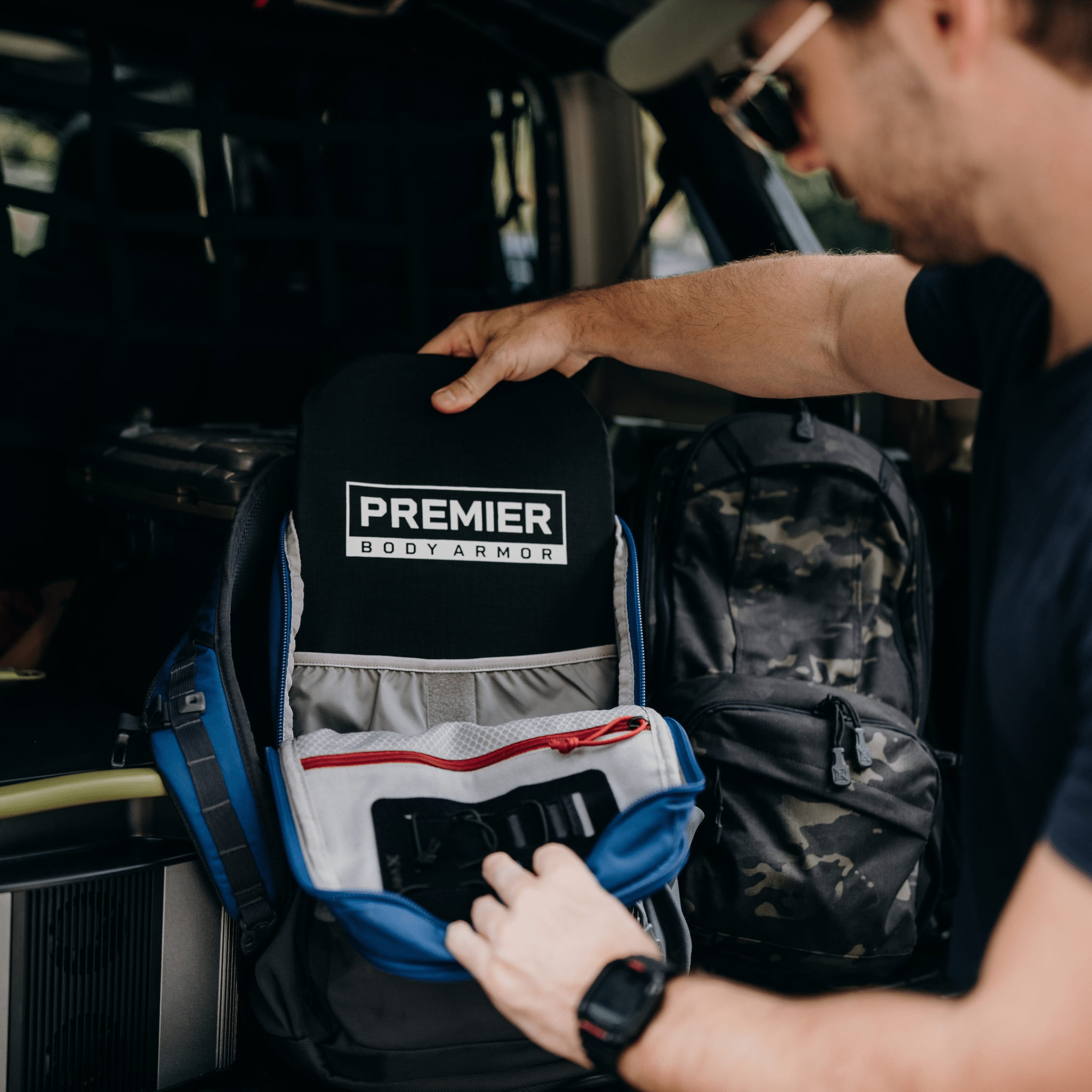
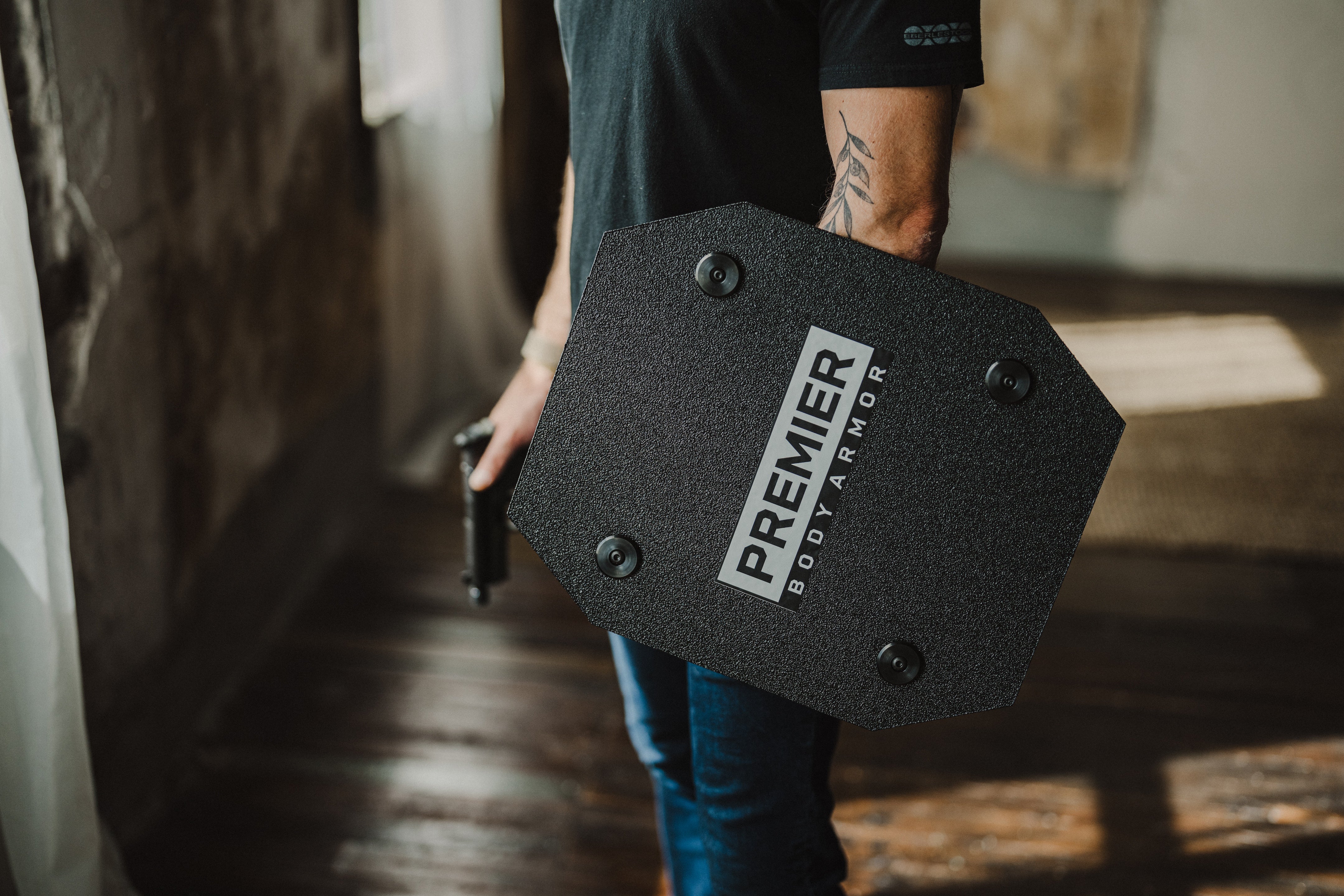



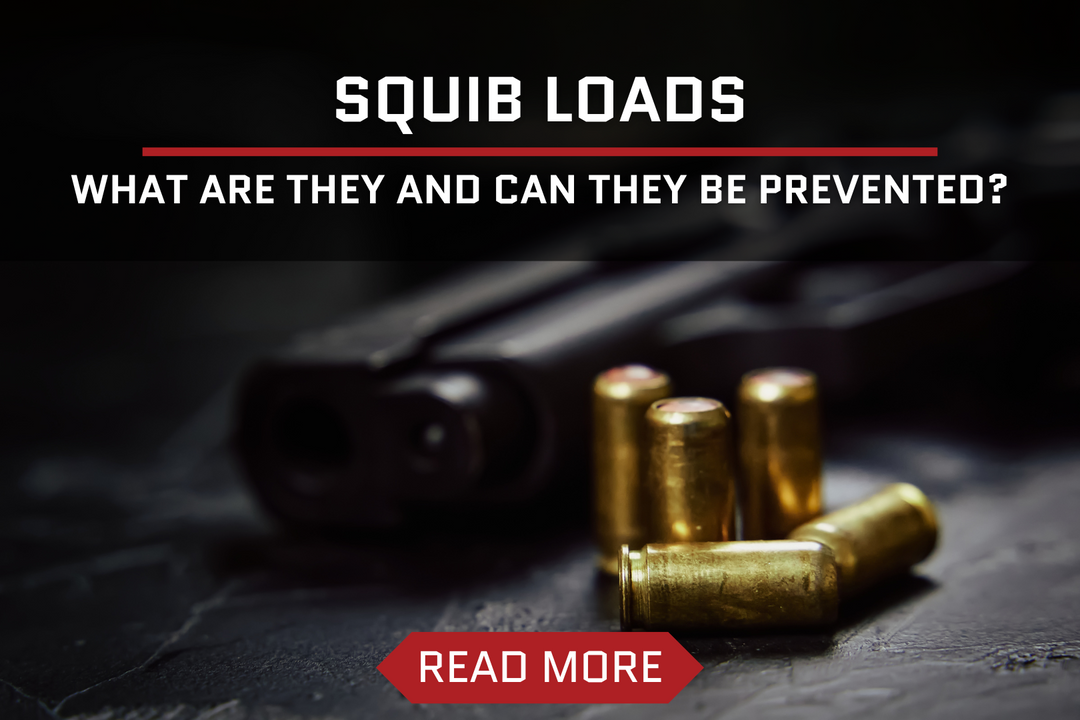


Leave a comment